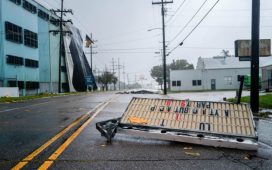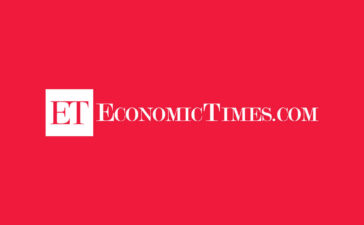Unlock the Editor’s Digest for free
Roula Khalaf, Editor of the FT, selects her favourite stories in this weekly newsletter.
US home insurers last year suffered their worst underwriting loss this century as a toxic mix of natural disasters, inflation and population growth in at-risk areas put a vital financial market under acute pressure.
Insurers providing policies to homeowners suffered a $15.2bn net underwriting loss last year, according to figures from rating agency AM Best, a figure it said was the worst since at least 2000 and more than double the previous year’s losses.
The figures lay bare the underwriting conditions that have sparked a pullback by US insurers from disaster-hit areas, either exiting markets or driving up prices, creating an affordability crisis for many homeowners.
The report identified rising populations in those regions most susceptible to natural disasters as a significant factor — citing census figures showing that six states prone to severe weather, including California and Texas, accounted for half of the country’s population growth in the 2010s.
“The industry is facing rapidly escalating coverage demands while insured losses are skyrocketing,” said Robert Gordon, senior vice-president of policy, research and international at the American Property Casualty Insurance Association, a trade body.
“Not only are more homes being built in areas that are at high risk for natural disasters, but these homes are increasingly more expensive to repair and rebuild as inflation has driven up the cost of construction labour and materials.”

Last year was relatively quiet for hurricanes, but a particularly bad year for severe rainfall and other extreme weather events judged by the insurance sector as “secondary”, with a record 37 separate events globally that left more than $1bn in insured losses, and most of those in the US. Most insurance experts argue that global warming is making storms, floods and wildfires more extreme.
Sridhar Manyem, senior director of industry research and analytics at AM Best, said the “increasing frequency and severity of weather-driven losses is a major uncertainty that is influencing both insurance and reinsurance markets”.
AM Best’s net underwriting profit measure shows premiums less claims and costs and net of reinsurance. Such performance is a big contributor to insurers’ profits alongside investment returns.
Another significant constraint for US insurers is the requirement in some states such as California to have their pricing approved, and the delays in getting those approvals. In the UK, where weather damage-related claims were the highest on record last year, insurers are free to reprice at speed to keep up with inflation.
“If insurers cannot appropriately price business in a timely manner, markets rapidly deteriorate,” said the APCIA’s Gordon. He called on all stakeholders to “work together” to put the sector on a sustainable footing.
AM Best’s Manyem said US state regulators were “caught between a rock and a hard place”, as they try to be more permissive of insurer prices to stop an exodus from the local market, but at the cost of pilling more pressure on households.
“They want to attract more insurers or, at the least, retain the current market and create a healthy marketplace, yet at the same time have to balance the affordability issue for consumers.”








